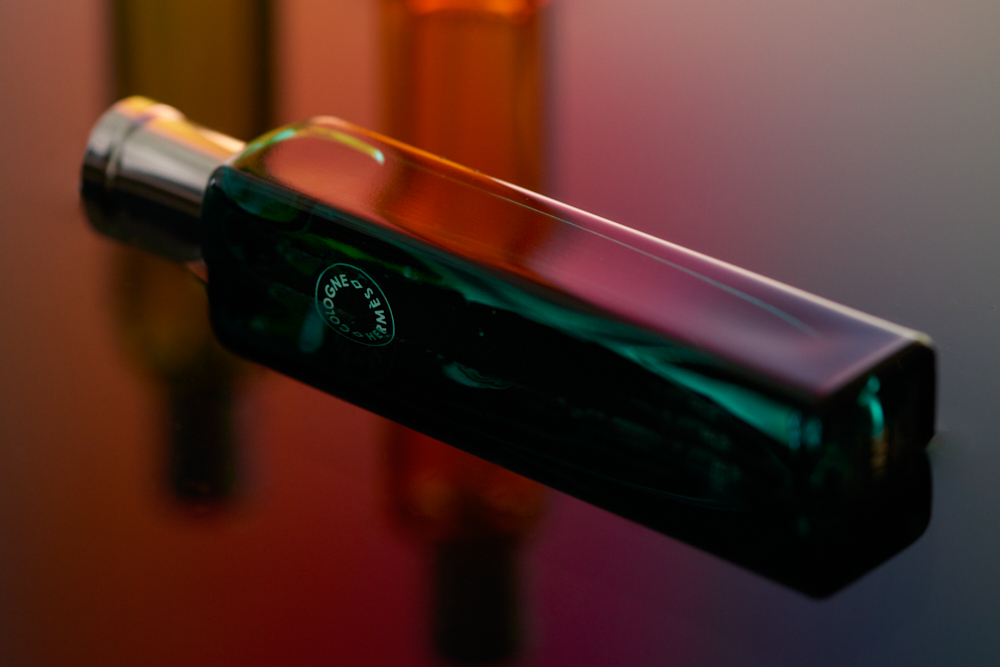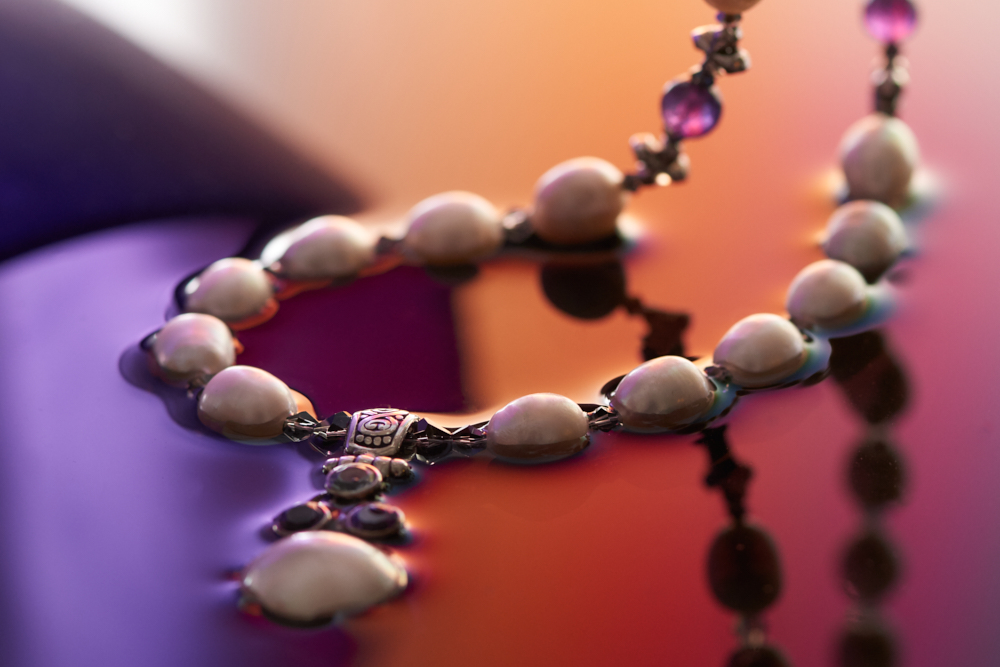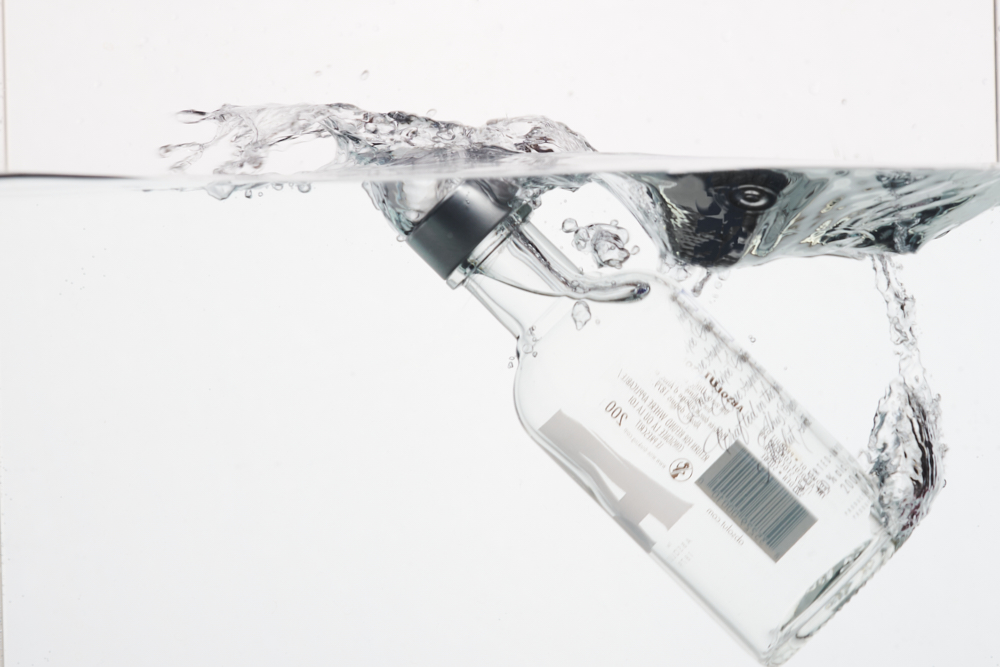
We see so many still life photos every day, most of them are selling some sort of product but some were created as art, solely for our aesthetic enjoyment. Creating a still life photo is not that hard, but it can get complex. In this article, I will talk about how to create stunning still life photographs—and all you need are basic camera equipment and sometimes a tripod.
What is still life photography?
Still life is a picture consisting predominantly of inanimate objects. These can be manmade objects or natural objects. The photo might simply showcase a shoe or it could be an artsy image of a cup of coffee. Unlike fashion photography or portrait photography, still life photography can be done right the comfort of your home and can be just a personal expression create by you for you. It doesn’t require anyone else to be there when it’s created; so, you can start your taking still life photos right now!
Here are some tips to help you get started taking amazing still life photos
Tip #1: Find a subject that inspires you
Whatever type of photography you are doing you should always look for something that you are attracted to and excited to shoot. When you are obsessed with an object you see all the little details and this helps you know what is the best angle to showcase the item.
Tip #2: Adding texture
Photographs are two dimensional; part of a photographers job is to make them look three dimensional. One way we can do this is by including textured elements to the photo. Using an old rustic wood as a tabletop is a good way to add texture and mood in the photo.

Tip #3: Look for props
Props are a great way to make your still life photo come to life. Old rustic items are always a good idea or you can use an aquarium and fill it with water for a unique effect.
Tip #4: Lighting
Lighting is the best tool we have in creating depth and showing texture. When using natural light, scout the area and study what time of the day works best for your idea. If you want to make the surface of an object look soft then you will want the light to be coming in front of the subject. If you want to show texture you will want it to be coming from the side or behind.
Tip #5: Use a tripod
Having your camera on a tripod is a great way to compose the elements in your photo. This will also help when you are planning to do some post-production work or when you have to take longer shutter speed.

Tip #6: It takes time
Shooting still life photography takes time. There are a lot of elements involved in the process and as you learn you’ll pick up on tiny little details that will help you improve. This is one area of photography that you have to take your time, think about the object, and compose your frame. I suggest you take the time to ensure you get it done right for the camera; this will save you time later in post-production.
Tip #7: Focus stacking
Our cameras can only focus on one area at a time. Fortunately, with the help of technology, we can take multiple images and stack them in post-production later. This technique is commonly used in still life photography as sometimes it is impossible to get three objects sharp at the same time.

Did you find these tips helpful? I hope this helps you improve your photography. Tell me in the comment below what still life subject inspires you the most and why. And if you have any questions about these tips, let me know below.
Bonus tip: If you find yourself doing these already, maybe it’s time for you to get a new lens for a whole new perspective. For example, a macro lens is great for shooting still life.



In my opinion, Use A Tripod For Perfectly Sharp Still Life Images, and Use Indirect Natural Light For The Best Still Life Photography. I hope it will be helpful. Thank You.
Interesting! I think my first step would be to figure out lighting. I often end up having to edit pics as they are either washed out or have a yellow tinge to them or have a partial shadow, so for me figuring out lighting is important.
Yes, lighting is very important. You might be getting some flares from your light source. make sure you have something to block the light from hitting your lens.
Comments are closed.